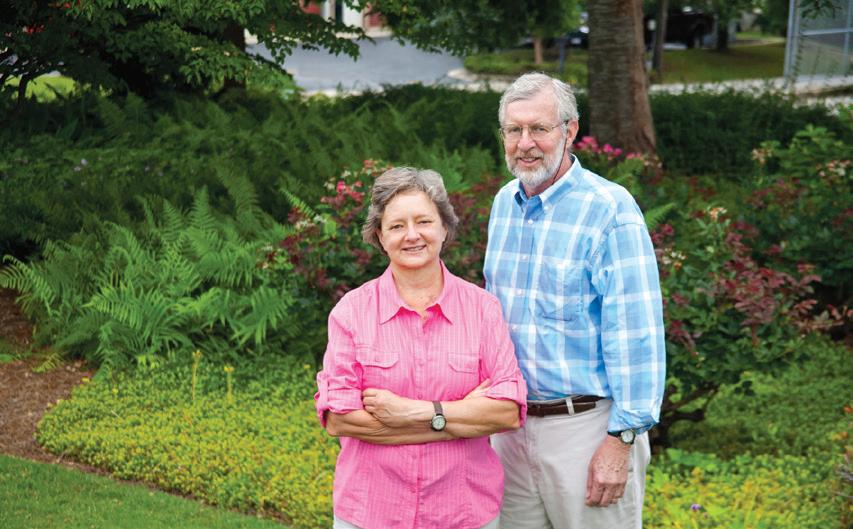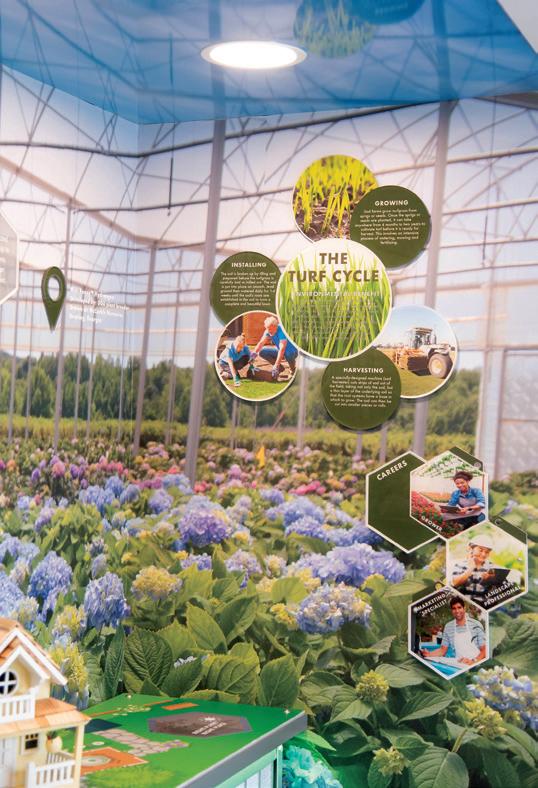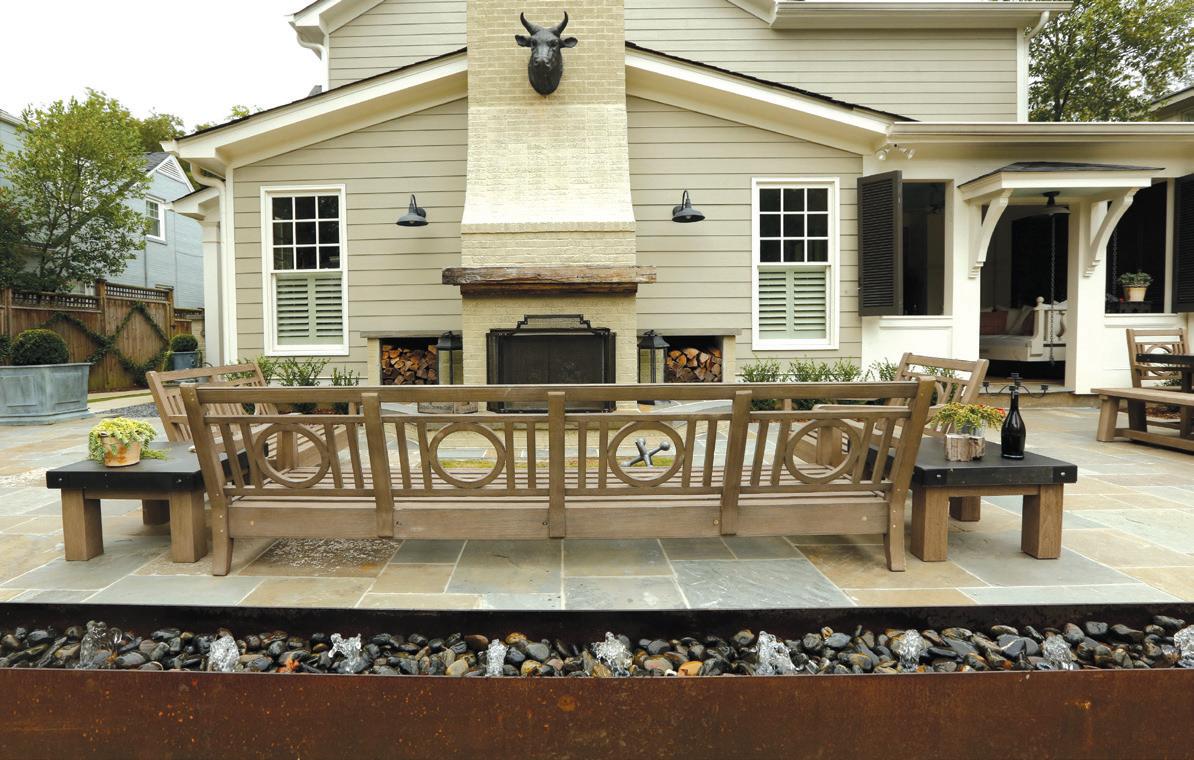URBAN AG COUNCIL MAGAZINE GEORGIA
Keeping Georgia’s green industry informed
18
LIABILITY
$
BUSINESS INCOME
22
VEHICLE
INSURANCE CLAIMS
n
PROPERTY CLAIMS
,
WORKERS COMP
40
54
56
UAC MAGAZINE | WINTER 2021
34
WINTER 2021
Advocate. Educate. Promote.1


















